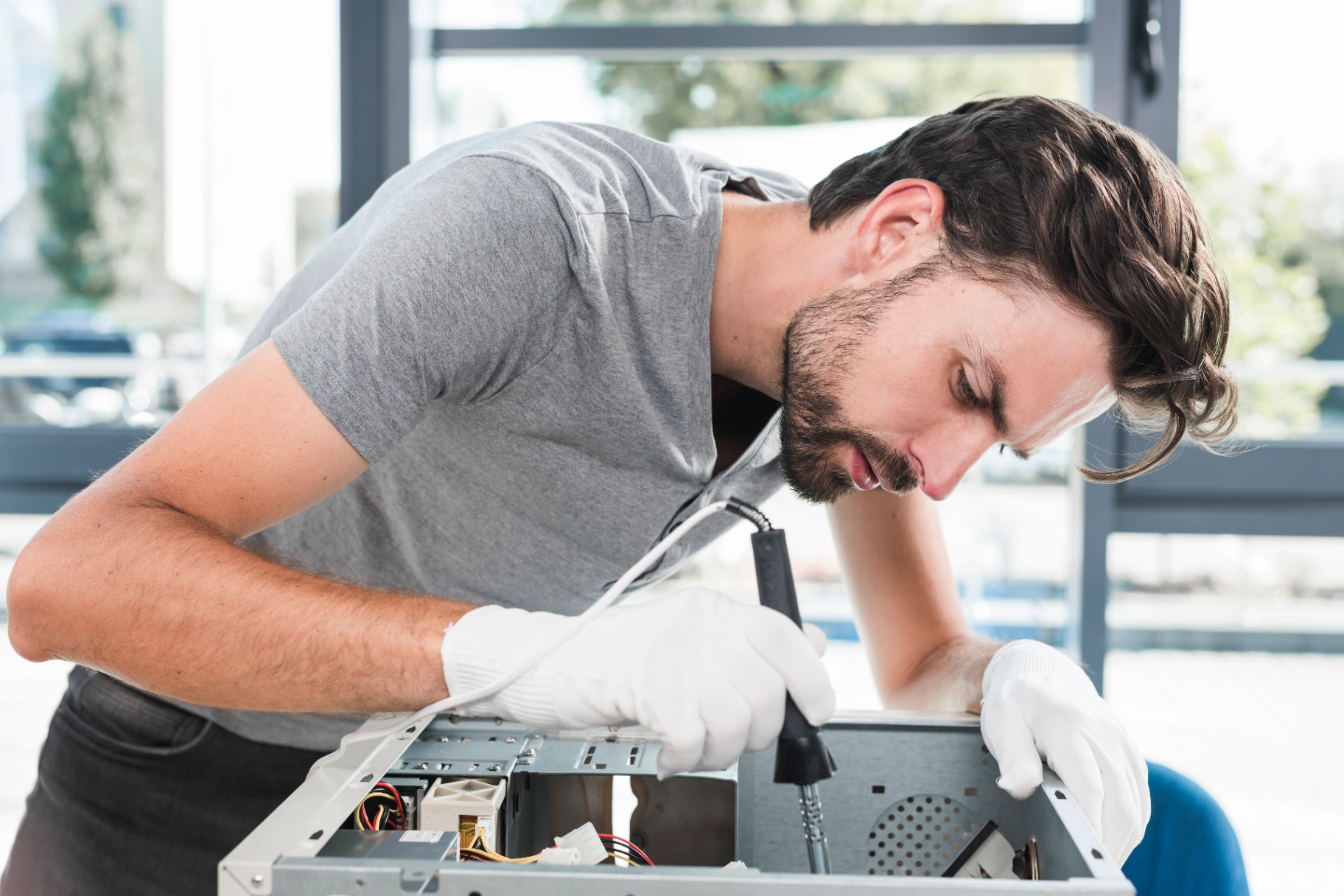How to Troubleshoot Wireless Network Connectivity Issues In 10 Steps
Wireless network problems can disrupt your work, entertainment, and communication.
Created by: Otse Amorighoye /
Vetted by:
Daniel Ogunsemowo

Wireless network problems can disrupt your work, entertainment, and communication. Understanding how to effectively troubleshoot these issues is essential for maintaining a reliable and efficient home or office network. This article provides a systematic approach to diagnosing and resolving common wireless network connectivity problems. Check if the connectivity issue is affecting all devices or just one. If it’s only one device, the problem might be with the device itself. Decide if the issue is a complete lack of connectivity or an intermittent connection. Ensure the router is centrally located, away from walls and metal objects, which can block or degrade the signal. Remove or reposition furniture or appliances that may interfere with the signal. Turn off your modem and router, wait for 30 seconds, then power them back on. Wait a few minutes for them to fully restart. Learn more about the importance of restarting your network equipment in our PC Hardware Problems: Troubleshooting Guide & Fixes. Ensure the network SSID (name) and password are entered correctly on your devices. Check if the DHCP server on the router is enabled, allowing it to assign IP addresses automatically. Visit the manufacturer's website to check for firmware updates for your router. Update wireless network drivers on your devices, especially if they’re unable to connect. For more on keeping your system updated, visit Why Are Operating System Updates Important?. Devices like cordless phones, microwaves, and Bluetooth speakers can interfere with WiFi signals. Move these devices away from your router or switch them off to see if there’s an improvement. Use a WiFi analyzer tool to see which channels are most congested. Log into your router’s settings and change to a less congested channel. Severe weather can affect wireless signal quality, particularly for connections that rely on external equipment like satellite dishes. New constructions or installations in or around your home might block signals. Connect using a smartphone, tablet, or laptop to see if the issue persists across all devices. Your ISP can check for outages or account-specific issues. A qualified technician can diagnose and fix deeper network issues, including hardware failures. Troubleshooting wireless network connectivity issues involves a combination of practical steps and technical adjustments. By following these guidelines, you can identify the root cause of the problem and take appropriate measures to restore your network's performance. Whether the solution requires simple adjustments like changing the router’s position or more complex fixes like updating firmware, these steps provide a thorough approach to resolving wireless connectivity issues. Weak WiFi signals can be caused by physical obstructions such as walls and furniture, as well as interference from other electronic devices. Ensuring your router is centrally located and free from obstructions can help improve signal strength. It's a good practice to check for firmware updates every few months or whenever you experience connectivity issues. Manufacturers often release updates to improve performance and security. Yes, devices such as cordless phones, microwaves, and Bluetooth speakers can interfere with WiFi signals. Keeping these devices away from your router can help reduce interference. If you can't connect to your WiFi network, ensure your router is powered on, and the network settings on your device are correct. Restarting your router and checking for firmware updates can also help resolve the issue. More troubleshooting steps can be found in our Steps to Resolve Network Connectivity Issues. Use a WiFi analyzer tool to scan for congested channels and find a less crowded one. Log into your router's settings to change the channel for better performance. How to Diagnose Network Connectivity Issues: A Comprehensive Guide Steps to Resolve Network Connectivity Issues: A Beginner's Guide10 Steps to Troubleshoot Wireless Network Connection
1. Identify the Issue
All Devices or One Device
Intermittent or No Connectivity
2. Check the Wireless Signal
Router Placement
Physical Obstacles
3. Restart Your Equipment
Power Cycle
4. Check Network Settings
SSID and Password
DHCP Settings
5. Update Firmware and Software
Router Firmware
Device Drivers
6. Eliminate Interference
Household Electronics
7. Optimize WiFi Channels
Channel Scanner
Change Channels
8. Check for Environmental Factors
Weather Conditions
New Obstructions
9. Test with Other Devices
Different Devices
10. Contact Support
ISP Help
Professional Technician
Conclusion
FAQ
Why is my WiFi signal weak in certain areas of my home?
How often should I update my router's firmware?
Can other devices interfere with my WiFi signal?
What should I do if I can't connect to my WiFi network at all?
How can I find the best WiFi channel for my network?
Related Articles